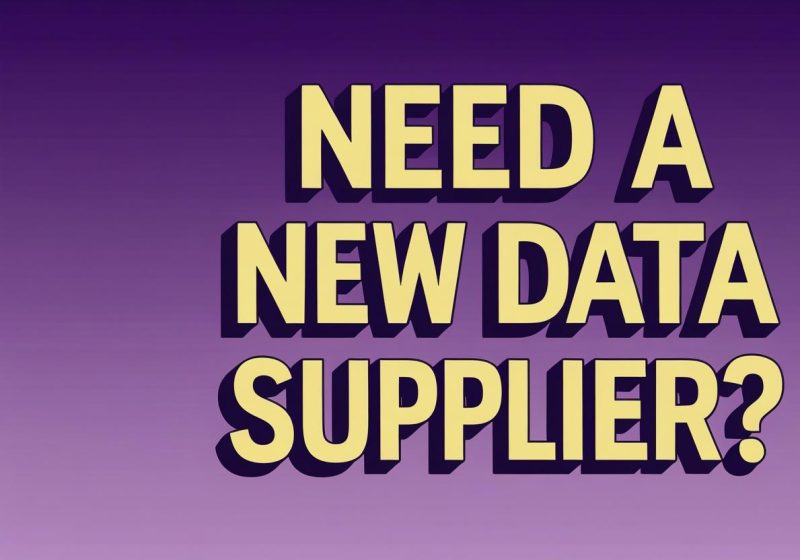Perfect Planning – Planning a successful promotional campaign
A promotional campaign can consist of many elements. Advertising, public relations, direct marketing and selling are all common marketing activities that can fall under the umbrella of promotional tools and marketing communications. These tools have their own specific strengths and weaknesses, and are frequently employed on an individual or collective basis.
However it is the collective approach that is generally proven to produce improved results. A token press ad or mailshot carried out in isolation may well generate a modest initial response, but rarely generates sufficient return on investment. These types of promotion also have a limited lifespan as the target audience is constantly bombarded with a variety, and unremitting frequency, of competing marketing messages.
There are far greater benefits to be derived from implementing a carefully structured, properly phased and consistently integrated promotional campaign. This is the type of campaign which uses the right tools to communicate the right messages at the right time, in order to generate a far more powerful effect.
The ultimate aim of such a campaign is to achieve ‘Synergy’ – that much overused clich? championed by the management consultants of the 1990’s. But whilst the term Synergy may have become overused, the concept behind the word remains just as important and relevant.
The creation of a synergetic marketing communications campaign should deliver a far greater effect than simply the sum of its constituent parts. To illustrate this point, consider how a standalone promotional tool of a solitary mailing could possibly provide a response rate of about 2%.
However if the mailing was carried out as part of an integrated campaign, hot on the heels of some awareness raising advertising and public relations, the mailing’s response rate could easily double because much of the communication groundwork has already been laid. The target audience is more familiar with the proposition and likely to respond favourably. Plus of course, the previous ads and PR will have generated responses in their own right as well as heightening awareness.
It is this cumulative effect that can be gained from repeating the marketing message to the target audience through different channels and in different ways, whilst ensuring that core brand values are retained.
The next step therefore is to consider which promotional activities should be undertaken and in what order. Over the century a variety of well established communication models have shown marketers that they need to move their target audience from a state of blissful ignorance about a product or services to such a position of heightened frenzy that they literally bite your hand off to buy what you are offering.
Whilst this end result may seem a little too good to be true, it is certainly the case that a good promotional campaign can move your audience from their current state of unawareness of your brand or product, through different phases of awareness of who you are, understanding of what you can do, conviction in your brand values or product benefits, a desire to purchase, followed by, finally, action in the form of a purchase.
Where many marketing communication campaigns fail, it is due to a lack of adherence to these basic stages in the communication process and misuse of promotional tools. Each of the range of marketing activities available to you can achieve different aims. Generally speaking, Advertising, Public Relations and Sponsorship work broadly to raise awareness and introduce the product or offering to the wider market. Then more direct activities such as direct mail and email marketing work to capitalise by targeting specific benefits to particular prospects, thanks to the personalisation made possible by direct marketing. The final stimulus to action can be provided by Sales Promotion, Merchandising and Personal Selling.
As well as carrying out these promotional activities in the correct order, it is also important to ensure continuity at every stage. Whilst the emphasis of different ads or mailings may vary, the same core unique selling points or product benefits must be reinforced over and over again. Likewise, the identity of the brand can adapted creatively from format to format, but the heritage each execution must always be instantly recognisable. Persistent and consistent repetition in this way will help to achieve responses from a far broader range of leads than just the early adopters who may be first to respond.
To summarise, the in depth planning of a successful campaign may seem a little daunting at first but is really based on common sense, combined with a little marketing theory. However there is no substitute for working with professional partners to help you achieve the full potential of your promotions.
For further information call us on 01304 383838 or visit www.selectabase.co.uk






